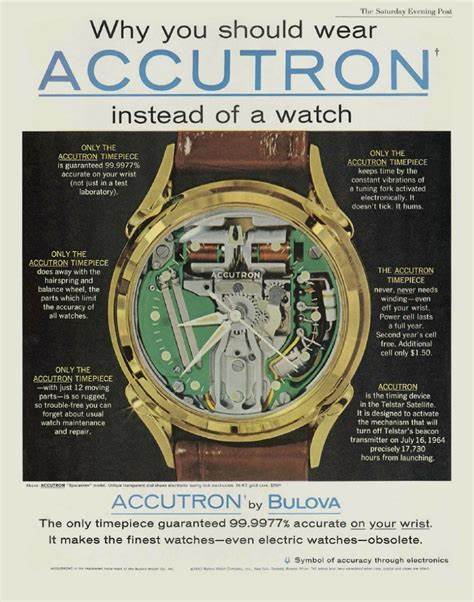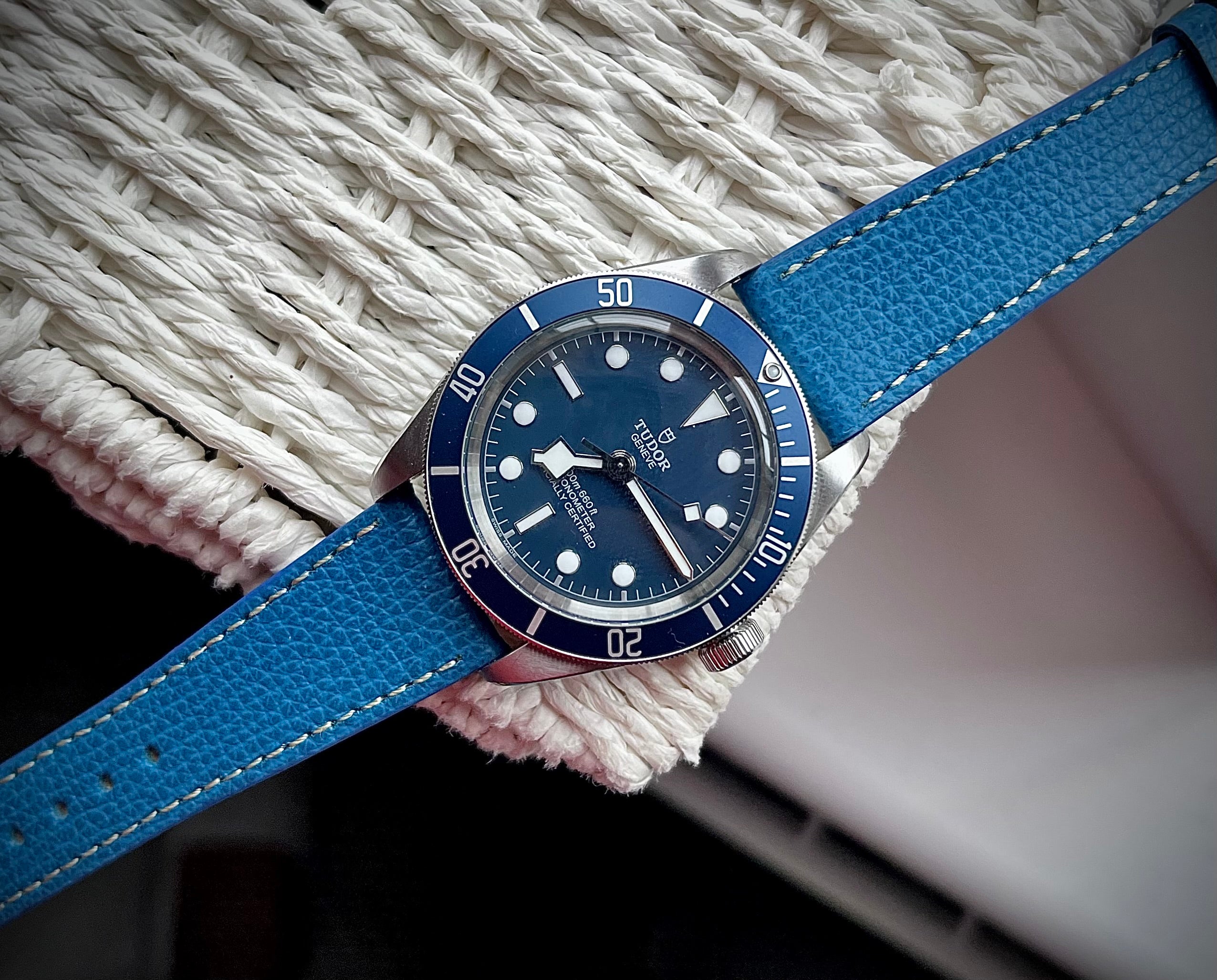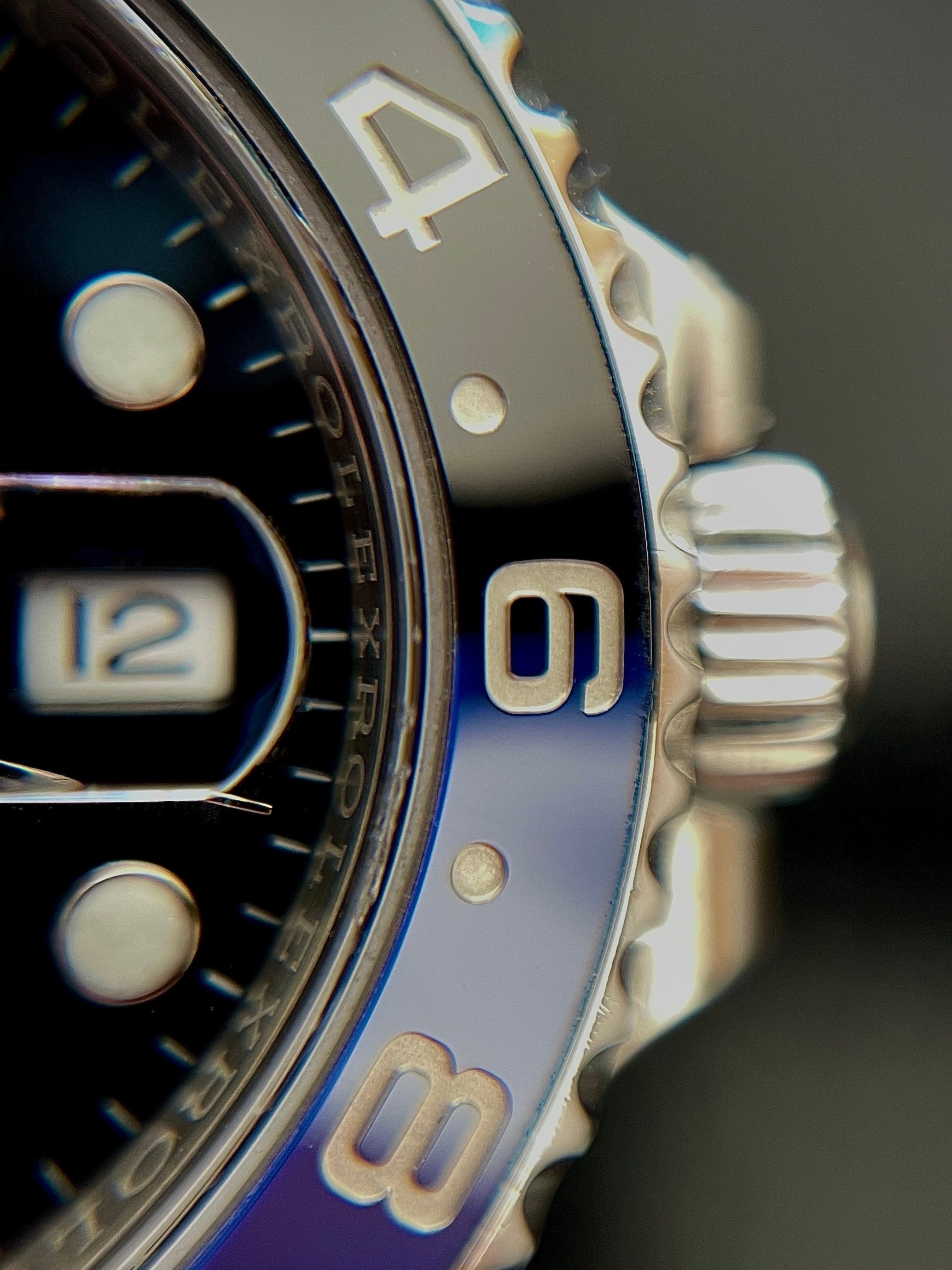
Bulova Accutron: The (Other) Watch That Won the Space Race | VARIO
Most watch enthusiasts know that the Omega Speedmaster was the first watch on the moon, but only a subset know of the Bulova Accutron that helped get it there.

Bulova Accutron Spaceview. Photo by Unwind Time.
There was never a question of whether watches and their internal mechanisms were going to be part of man’s quest to leave the earth’s atmosphere. The timing of spacecraft components working in tandem required absolute precision, and a few critical seconds could have been the difference between Neil Armstrong and Buzz Aldrin’s walk on the moon, and another reality most of us would not want to imagine.
But while OMEGA Speedmaster watches sat on the wrists of the first two astronauts to grace the lunar atmosphere, there was another working quietly in the background – one that went to space before Apollo 11, and remains on the moon to this day. This is the Bulova Accutron – the world’s first electronic watch to function with a tuning fork.
The Man Behind the Mechanism
Joseph Bulova was not just an innovator in watchmaking, but in watch advertising as well. His company was the first in the world to run a paid commercial TV advertisement on July 1, 1941, forking out around $9 for a spot that would today cost several million dollars. Before that, the company is also rumored to have run the first radio ad which also promoted their watches. This strong desire to see horology evolve drove Bulova to go as far as creating his own observatory, from which more precise astronomical time measurements could be derived by a mathematician. However, the use of the tuning fork mechanism invented by his employee Max Hetzel in his most famous series to date, the Accutron, would truly cement Bulova’s place in history.

Max Hetzel (photo from Pinterest)
Why Was the Tuning Fork Watch So Special?
While the Bulova Accutron was not the first electronic watch created by a long shot (that honor goes to the Hamilton Electric 500), its accuracy was next-level for the time, and in many ways still is. Most other watches used a ticking mechanism where the seconds hand would jump once per second, but over time these would become less and less accurate and require recalibration. However, the tuning fork in the Accutron would vibrate by as much as 720 times in one second, making for more accurate readings down to the millisecond. It doesn’t tick – it hums. Just as Bulova used his observatory and space to create his most iconic watch, this brand’s technology would be used to facilitate man’s journey into space.
Before Apollo 11 came Project Vanguard – a naval research program through which the United States attempted to put their first manmade satellites into orbit, and succeeded. Under the hood of the dashboard clocks in these vessels sat the Accutron tuning fork technology, and in total, though the Apollo 11 was its most famous use case, it would support around 46 missions.
In fact, although the OMEGA Speedmasters that went with Armstrong and Aldrin would eventually return to Earth, the Accutron timing mechanism that was built into their lunar vehicle remains. It is still there in the Sea of Tranquility and has been since 1969.

Bulova Accutron poster
An Enduring Legacy in Accuracy and Electronics
NASA wasn’t the only organization to use the Bulova Accutron’s ingenuity to coordinate critical functions. It was the first watch to be authorized for railroad use, as American railroad companies required precise timekeeping to prevent collisions by properly coordinating arrivals and departures. It would also be adopted by the United States Air Force and CIA for their flight programs, and by Elvis Presley as one of his favorite timepieces which he wore circa 1960.
Now we’ve taken a look at the rich history behind this era-defining watch, let’s get into the more technical parts of it, including its inner workings and iconic design.

Bulova Accutron with Vario Italian leather strap on Vario watch pillow
The Bulova Accutron: Watch Review
While there are many variations of the Bulova Accutron with different designs and case shapes, the Spaceview model is the one that is most distinct. You’ll immediately notice that it has no dial, leaving the internal workings exposed, and that the logo and indices are printed beneath the clear crystal that protects it. By some accounts, for this model, Bulova wanted the dials clear only for display so that customers could see how much its engineering differed from the mechanical watches they were used to. However, instead of the regular watches that had solid dials, customers sent back asking for the clear dials as they were more intrigued by them.
The parts beneath the dial may seem intricate at first, but there are only twelve moving parts, and most of what you will see is the green cell coil assembly, the tuning fork with its copper coils at the top, and its resistor-capacitor (RC) circuit. Whether intentional or not, it pays perfect homage to the aesthetic of most technology at the time, and today boasts a very retro-futuristic circuit board look that certainly captures what a watch enthusiast may have felt wearing one at the time. Both gold and silver versions of the bezel and lugs exist, each complementing the internal components in different ways. Gold and silver versions of the tuning fork exist as well. The lack of crowns on these watches means adjustments have to be done through the case back.

Bulova Accutron Astronaut. Photo by Unwind Time.
While the exposed versions of the watch are a treasured collector’s item, those with solid dials are nothing to scoff at. The Bulova Accutron Astronaut, the version used by Air Force pilots, has a solid black dial with rectangular markers for the twelve, three, six, and nine-hour hands, triangle markers for the rest of the hours, lines for the minutes, and circles for every half a minute. Twenty-four-hour markers in increments of two also sit on the bezel. The contrasting yet easily-read shapes would make it far easier for pilots to discern precise time at a glance, though a more minimalist version of this watch does exist.
Despite the subtle changes between the different styles of the Bulova Accutron which take it from sporty to elegant to casual with the right elements, it’s what sits at the core of each of them that really makes them special; the vibrations that first carried us into the unknown.
Written by Ivan Chua
Shop our full range of Vario's 2 Piece Leather Cordura watch strap
https://vario.sg/collections/2-piece-cordura-leather-watch-strap
Shop our full range of Vario's Soft Silicone watch strap
https://vario.sg/collections/soft-silicone-straps
You might also be interested in this article
More Microbrand Watch Reviews
https://vario.sg/blogs/products/microbrand-watch-reviews-vario
Buying A Microbrand Watch? Here's Everything You Should Know | VARIO
https://vario.sg/blogs/products/buying-a-microbrand-watch-heres-everything-you-should-know-vario
10 Reasons Why You Should Own A Watch
https://vario.sg/blogs/products/10-reasons-why-you-should-own-a-watch
6 Reasons why changing your watch strap is a good idea
https://vario.sg/blogs/products/6-reasons-why-changing-your-watch-strap-is-a-good-idea
Advice for picking the right watch strap
https://vario.sg/blogs/products/advice-for-picking-the-right-watch-strap



Dejar un comentario
Este sitio está protegido por hCaptcha y se aplican la Política de privacidad de hCaptcha y los Términos del servicio.